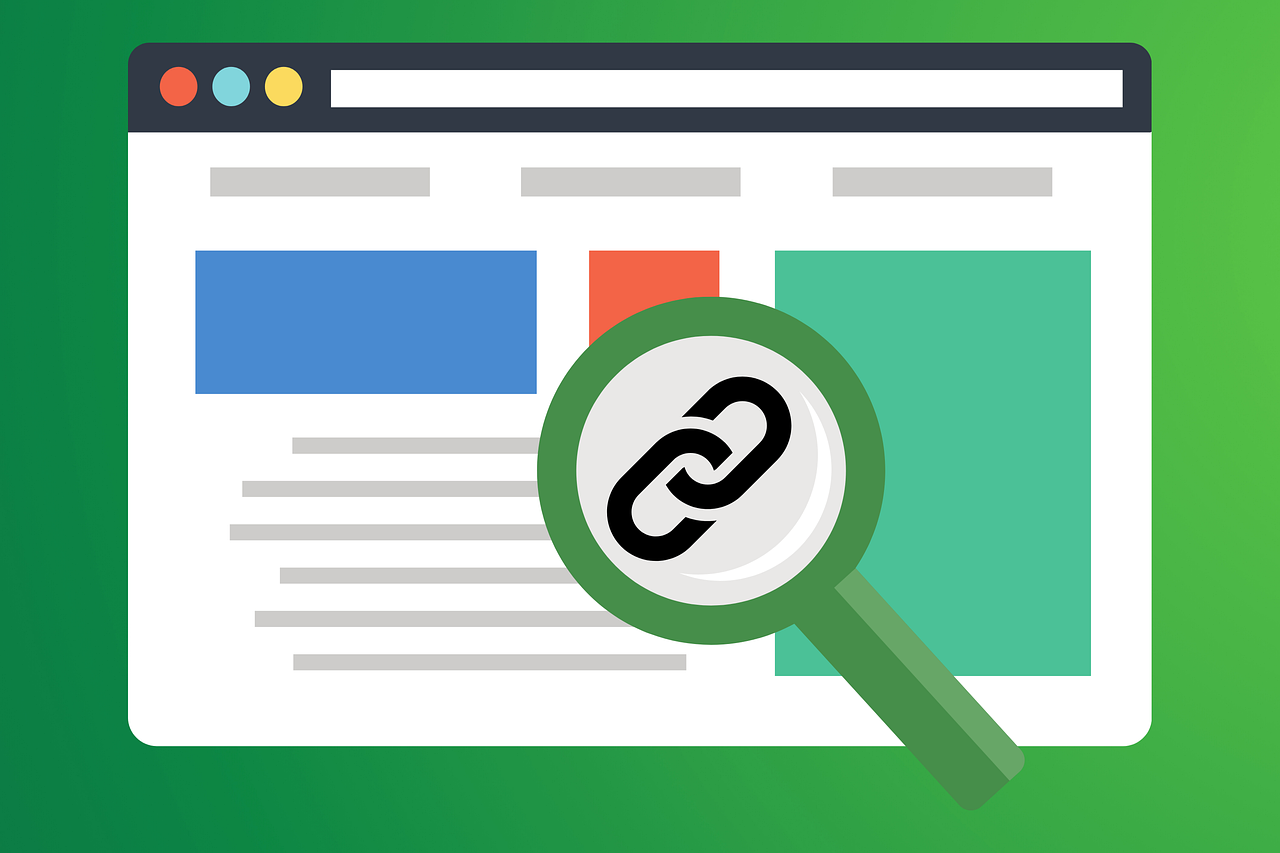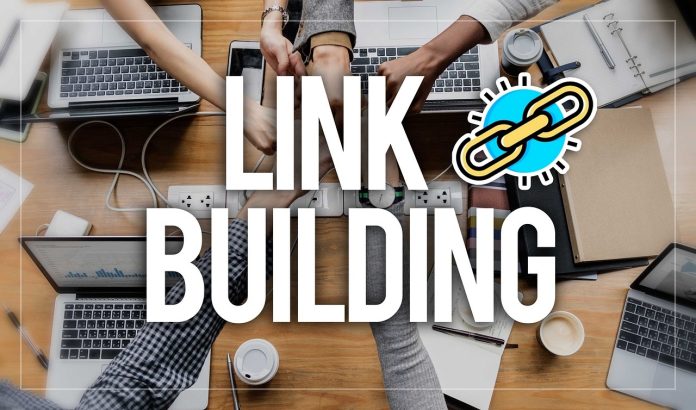In the ever-evolving world of SEO, one thing remains consistent: backlinks still matter. Despite Google’s algorithm updates, the rise of AI in content generation, and the increasing focus on user experience and content quality, link building continues to be a top-ranking factor in 2025.
But here’s the catch not all link building strategies work anymore. Outdated tactics like spammy directory submissions, comment spamming, and link exchanges can do more harm than good. In fact, Google’s algorithm has become incredibly efficient at detecting manipulative link schemes.
So the question is: What link-building strategies still work in 2025?
What Is Link Building and Why Does It Matter?

Link building is the process of acquiring hyperlinks from other websites to your own. A hyperlink (or backlink) allows users to navigate between pages on the internet. From an SEO perspective, backlinks act as votes of confidence—if authoritative websites link to your content, it signals to search engines that your content is trustworthy and valuable.
Boost your domain authority and page authority
Improve your search engine rankings
Drive referral traffic from other websites
Help Google discover and index your content faster
Enhance brand credibility and awareness
However, it’s not just about the quantity of links—it’s about the quality, relevance, and context of those links.
Key Traits of High-Quality Backlinks in 2025
Before we dive into strategies, it’s important to know what defines a good backlink today:
Relevance: The link comes from a site or page related to your niche or topic.
Authority: The referring domain has strong trust signals (e.g., high Domain Rating or DA).
Editorial Placement: The link is included naturally within the content, not in a footer or sidebar.
Anchor Text: The anchor text is contextually relevant and not over-optimized.
Traffic Potential: The linking page has actual traffic and rankings of its own.
Follow/Nofollow: While nofollow links are valuable, follow links (do-follow) carry more SEO weight.
Avoid links from low-quality directories, link farms, spun articles, or irrelevant sources. These can hurt your rankings and trigger Google penalties.
Link Building Strategies That Still Work in 2025
Guest Posting on Authority Sites
Guest blogging remains one of the most effective and safest link-building methods when done right.
Target reputable websites in your niche
Offer high-value, original content
Include a relevant, contextual link back to your website (usually in the body or author bio)
Tips for Success
Personalize your outreach emails
Pitch unique, timely topics
Avoid sites that look like they accept any content for links
Build relationships with editors and bloggers for long-term opportunities
Bonus: Guest posting can also build your personal brand, expose your work to new audiences, and drive referral traffic.
Digital PR and Newsworthy Content
Digital PR has emerged as a powerful link building strategy. The idea is to create content that attracts media attention and earns natural backlinks from news sites and journalists.
Examples of Link-Worthy PR Content
Original research or surveys
Industry reports or data studies
Unique tools or resources
Breaking news or company announcements
Thought-provoking opinion pieces
Use platforms like HARO (Help A Reporter Out) or Qwoted to pitch your expertise to journalists. When you provide a valuable quote or insight, many will link back to your site as the source.
Broken Link Building
Broken link building is a white-hat strategy that involves finding broken (404) links on other websites and suggesting your content as a replacement.
How It Works
Use tools like Ahrefs, Screaming Frog, or Check My Links to find broken outbound links on relevant websites.
Create or identify a similar resource on your own site.
Reach out to the webmaster and let them know about the broken link.
Recommend your content as a helpful replacement.
It’s a win-win: they fix their broken link, and you get a valuable backlink.
Create Linkable Assets
Content that naturally attracts links is known as a linkable asset. The more helpful, unique, or interesting your content is, the more likely people will link to it.
Types of Linkable Assets
In-depth guides or tutorials
Original research and case studies
Infographics and data visualizations
Free tools and calculators
Comparison posts or expert roundups
Interactive quizzes
Focus on evergreen topics that remain relevant over time and update them regularly to maintain link equity.
Resource Page Link Building
Many websites maintain resource pages that list helpful links on a particular topic. These are great opportunities for backlinks.
How to Get Included
Find resource pages in your niche by searching:
"keyword" + inurl:resources
"topic" + intitle:resources
Ensure your content is high-quality and truly helpful.
Reach out and explain why your content deserves to be listed.
Keep your outreach polite and professional helpful content sells itself.
Link Reclamation
Sometimes, people mention your brand, product, or content without linking back to you. This is a missed opportunity you can easily reclaim.
How to Reclaim Links
Use tools like Google Alerts, Ahrefs Content Explorer, or Mention to track unlinked mentions.
Reach out to the content creator, thank them for the mention, and politely ask for a link.
Provide the correct URL to make it easy.
This works best when your brand already has some visibility in your industry.
Skyscraper Technique (But Smarter)
The Skyscraper Technique, popularized by Brian Dean, involves identifying top-performing content in your niche, creating something even better, and reaching out to those who have linked to the original.
In 2025, this strategy remains effective, but it requires refinement.
Updated Approach
Focus on content gaps what’s missing from the original post?
Add original data, visuals, and unique insights
Personalize your outreach emails
Offer genuine value, not just “mine is better”
This approach takes effort, but it can result in high-authority backlinks from sites already linking to similar content.
Internal Link Building
While technically not a backlink from another domain, internal linking is a powerful on-page SEO tactic that helps boost the authority of new or important pages.
Best Practices
Link from high-authority pages to newer posts
Use descriptive anchor text
Don’t overdo it—keep links relevant and helpful
Update older posts with new internal links
Strong internal linking helps search engines crawl your site more efficiently and distributes link equity across your site.
Partner with Influencers and Bloggers
Partnering with influencers or niche bloggers can yield high-quality backlinks, especially if they run their own websites or write guest content.
Ways to Collaborate
Offer them early access to a product or feature
Co-create a blog post or video
Run joint webinars or interviews
Sponsor a newsletter or resource list (transparently)
Make sure any links are editorial and natural, not part of a paid link scheme, to stay compliant with Google’s guidelines.
Content Syndication (Selective Use)
Content syndication involves republishing your blog posts or articles on larger platforms with a wider reach. This can help build links and authority, but you must do it carefully to avoid duplicate content issues.
Safe Platforms for Syndication
Medium (with canonical tags)
LinkedIn Articles
Industry-specific blogs or communities
Always use a rel=canonical tag or ask the platform to do so to signal the original source to search engines.
Link Building Strategies to Avoid in 2025
While many techniques still work, there are outdated or risky strategies you should avoid:
Buying backlinks from shady sellers
Private Blog Networks (PBNs)
Link exchanges or reciprocal link schemes
Automated link building tools
Spammy forum or comment links
Low-quality directory submissions
Over-optimized anchor text
These can lead to Google penalties, reduced rankings, and a long recovery process. Focus on building links the right way through content and relationships.
Tools to Help with Link Building
Here are some tools that can help you execute and scale your link building strategy:
Ahrefs: Find backlinks, broken links, and competitor strategies
SEMrush: Monitor link profiles and discover outreach prospects
BuzzStream: Manage outreach campaigns
Hunter.io: Find email addresses for contact
Pitchbox: Automate and personalize outreach
Linkody: Track your backlinks
Google Search Console: Monitor existing backlinks and disavow bad ones

